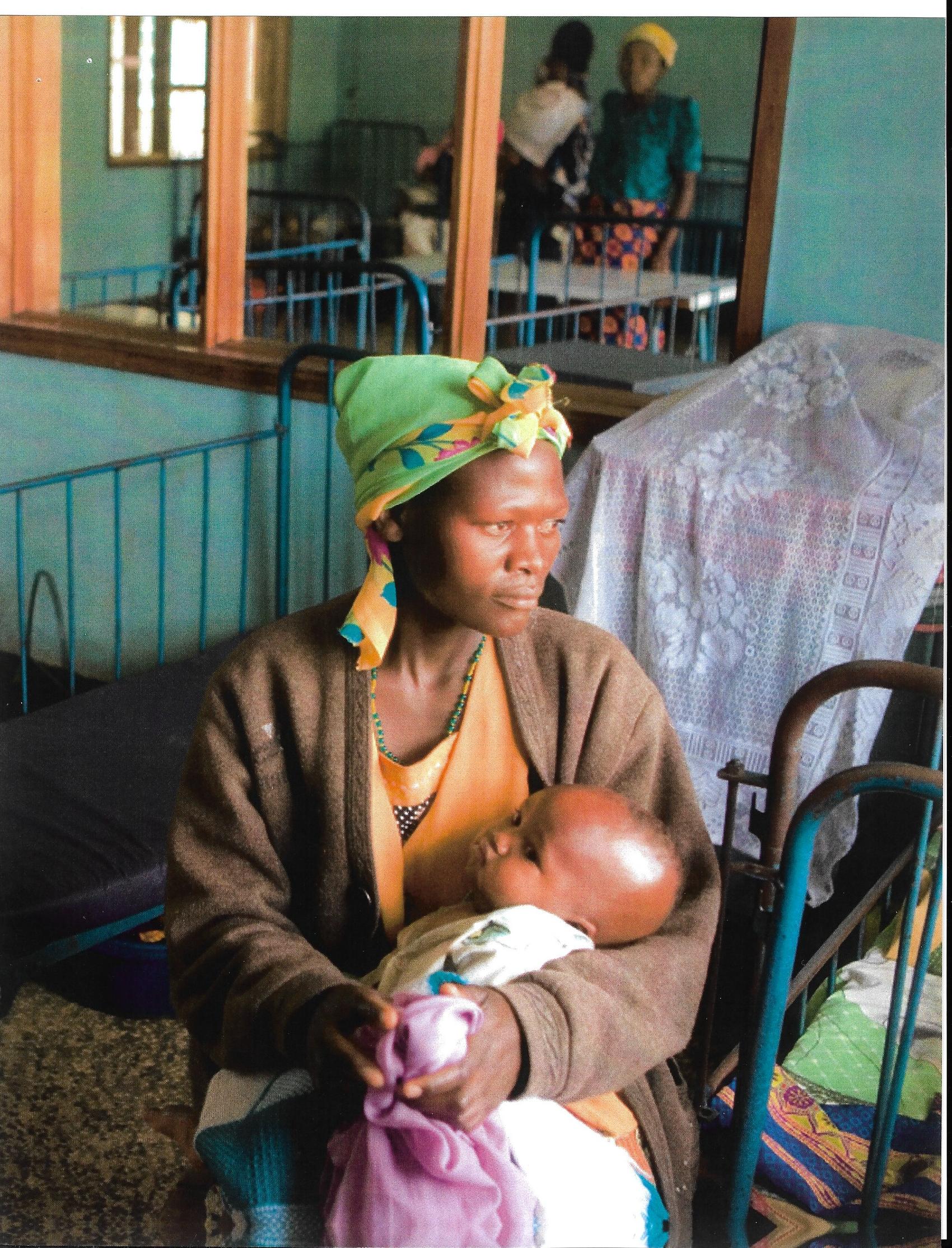Progress report for
LINK (Learning Innovation Network for Knowledge) Access Project - To Promote Reproductive Health Research

Achievement at a glance
The Women’s Health and Education Center ‘s Global Health Line (WGHL) aims to establish in collaboration with programs in low- and middle-income countries, to improve Sustainable Development Goals 3, 4, and 5, improve maternal and child health, in collaboration with the developed countries of mutual benefits and mutual respect, through its LINK Access Project. We believe, education improves health and health improves learning potential. WGHL has been instrumental in developing the syllabus for the continuing medical education curriculum, since 24 October 2002 – currently serving in 227 countries and territories and providing access to evidence-based research and research initiatives in wide variety of women’s and children’s health and wellbeing projects and programs.A Public & Private Partnership
Principle Publisher: Women’s Health and Education Center (WHEC)
• Collaboration with NGOs associated with ECOSOC and UN DPI;
• Reproductive Health Research (RHR) Division of the World Health Organization (WHO);
• WHO Academy;
• PMNCH (Partnership for Maternal, Newborn and Child Health) of WHO;
• UNESCO;
• WHEC Publications can be accessed freely, from either computers or mobile phones – with internet access in 227 countries and territories;
• We plan development together;
• Online portal and resource to access information on health and related social sciences.
We Welcome Everyone!
Challenges faced in implementation
Currently there is information explosion – billions and billions of documents in the www (World Wide Web); hard to find the information specific, reliable and authoritative information which can be applied to your every day’s work and patientcare. It is like finding ‘a needle in the haystack.’ Moreover, on the social media it is not easy to spot and differentiate between right and wrong recommendations, the misinformation is ramped, and best-practices in health and education are non-existent.Limited availability of evidence-based medicine and information in developing and Least Developed Countries (LCDs) – healthcare providers are not using enough evidence in clinical practice in many regions of the world.
Good health and good healthcare include the provision of information to consumers or professionals, policymakers (reliable, accurate, up-to-date information); easily accessible and affordable. It is needed worldwide.
Promote quality care and best-practices worldwide.
Promote net-neutrality and affordable-access-to-Internet.
Systemic search strategy should be adopted when dealing with clinical questions to avoid ‘information malpractice.’
Establishing a global-fund for continuing medical education.
Building the Capacity to Care: https://unsdn.org/2021/04/22/building-the-capacity-to-care/
Next Steps
Rita LuthraBeneficiaries
Dedicated to Women's and Children's Health and well-being;
Visitors of http://www.WomensHealthSection.com
Least Developed Countries identified by UNDP
Actions
Assessing Impact FactorInternet Searching and Website Evaluation
Impact factor is calculated daily, monthly and yearly from user data, experience and frequently accessed reviews, practice bulletins and articles. It is used as a measure for the relative importance of the journals within its field; journals with higher impact factors are deemed to be more important than those lower ones. Impact factor scores can ‘influence’ promotion and tenure at universities throughout the world. Many different toolkits are available, as are basic guides, to you to carry out our joint missions and projects.
Longer term monitoring of the health of populations is sometimes a component of larger proposals. We have various forms of collaboration with WHEC for you to explore, and we welcome your thoughts and suggestions.
As an author/writer/editor of http://www.WomensHealthSection.com you can adopt editorial policies that increases impact factor, e.g. editorials (not citable) vs. short original articles (citable); plus review articles cited more often. Reviewers’ comments are provided to authors.
The decision of The Editors is final.
